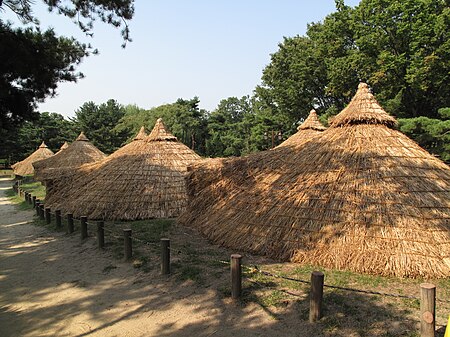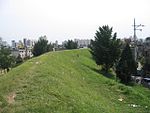Gangdong District
Districts of SeoulGangdong District

Gangdong District (Gangdong-gu) is one of the 25 gu which makes up the city of Seoul. Gangdong, literally means "east of river". Jungbu (literally "central part") Express Motorway starts in and passes through Sangil-dong, which is located in the east end of this district. In Amsa-dong, there is a pre-historic heritage site, which is about six thousand years old. On the site, you can find many potteries and houses. The pottery which has been found was made of ceramic and is circular and shaped into a point similar to corn.
Excerpt from the Wikipedia article Gangdong District (License: CC BY-SA 3.0, Authors, Images).Gangdong District
Seongnae-ro 3ga-gil, Seoul Seongnae 1(il)-dong
Geographical coordinates (GPS) Address Nearby Places Show on map
Geographical coordinates (GPS)
| Latitude | Longitude |
|---|---|
| N 37.53 ° | E 127.12388888889 ° |
Address
Seongnae-ro 3ga-gil
05397 Seoul, Seongnae 1(il)-dong
South Korea
Open on Google Maps








